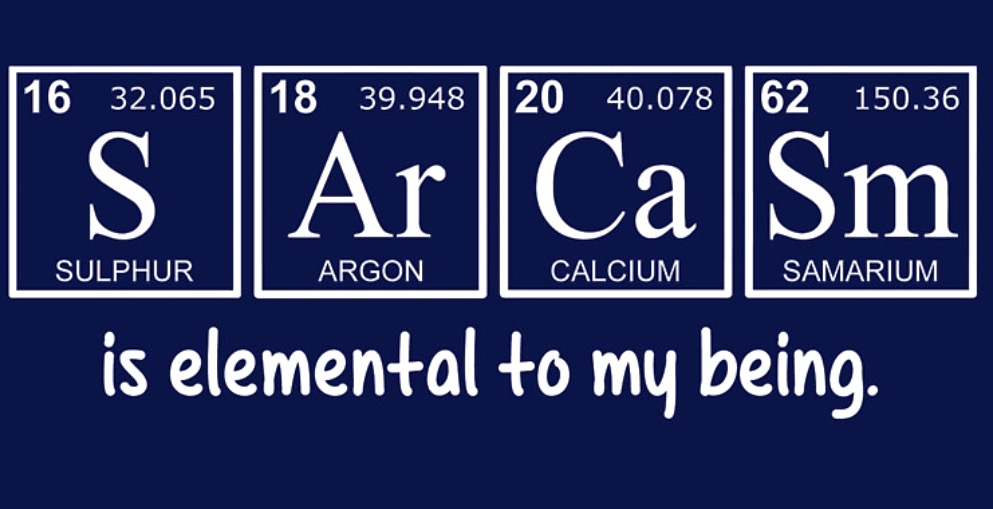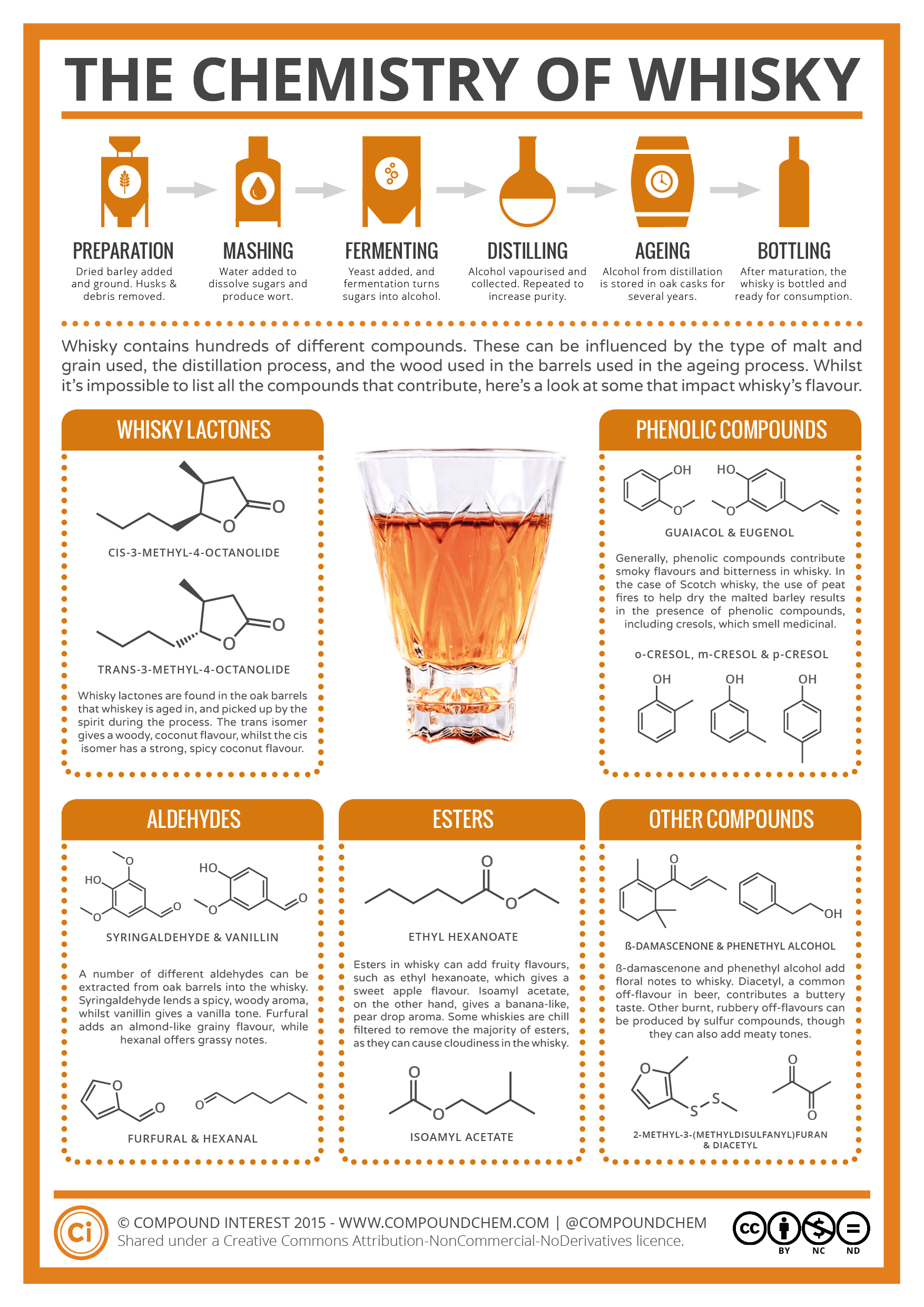Element name: WOMAN.
Symbol: WO.
Atomic weight: ‘Don’t even go there’.
Physical properties: Generally round in form. Boils at nothing and may freeze at any time. Melts whenever treated properly. Very bitter if not used well.
Chemical properties: Very active. Highly unstable. Possesses strong affinity to gold, silver, platinum,and precious gemstones. Violent when left alone. Able to absorb great amounts of exotic food. Turns slightly green when placed next to a better specimen.
Usage: Highly ornamental. An extremely good catalyst for dispersion of wealth. Probably the most powerful income reducing agent known.
Caution: Highly explosive in inexperienced hands.
Element name: MAN.
Symbol: XY.
Atomic weight: (180 +/- 50).
Physical properties: Solid at room temperature. Gets bent out of shape easily. Fairly dense and sometimes flaky. Difficult to find a pure sample. Due to age and rust, older samples are unable to conduct electricity as well as younger samples.
Chemical properties: Attempts to bond with WO any chance it can get. Also tends to form strong bonds with itself. Becomes explosive when mixed with Kd (child) for prolonged periods of time. Can be neutralised by saturating with alcohol.
Usage: None known. Possibly good methane source.
Caution: In the absence of WO, this element rapidly decomposes and begins to smell.



